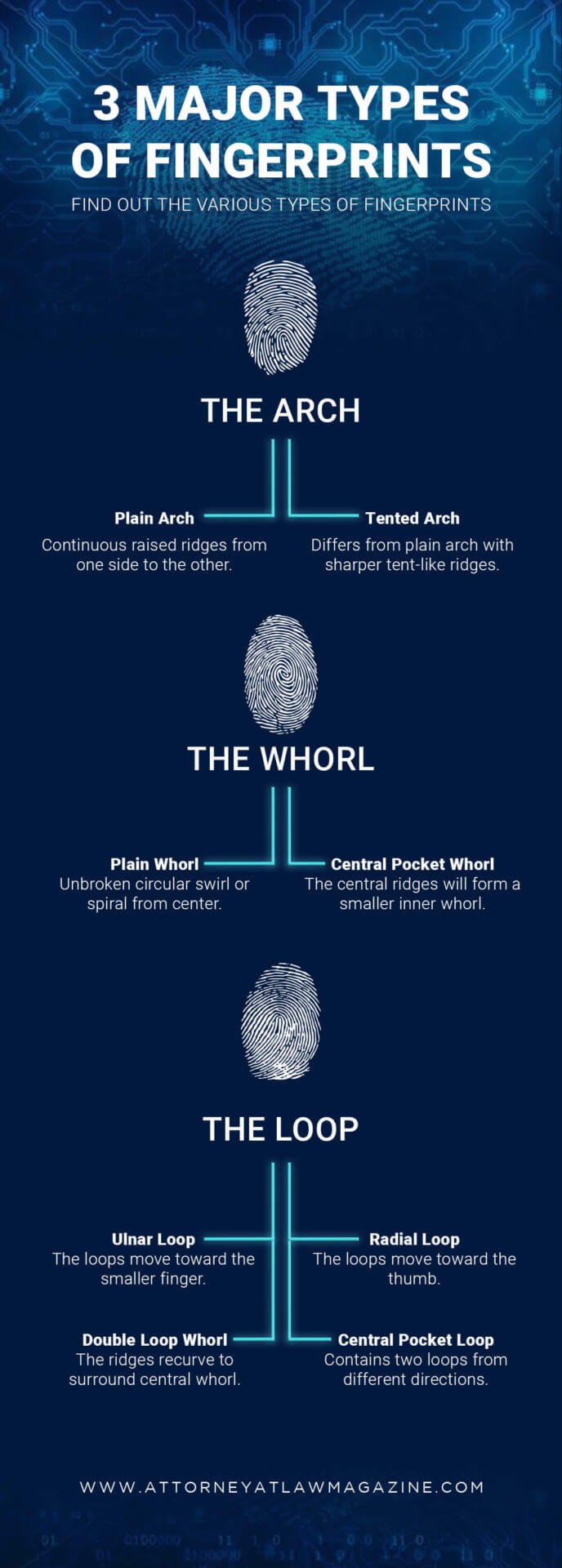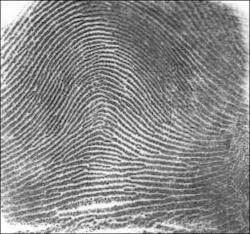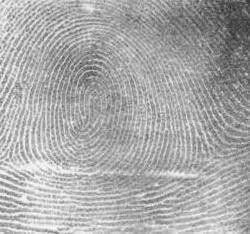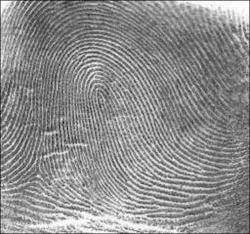Biometric identification is a break-through technology used to identify humans based on various unique biometric data. One of these biometric identification techniques is fingerprint recognition which is also the most popular in the world.
Several institutions such as hospitals, schools, and banks use fingerprint recognition for safety purposes. However, law enforcement is the most interested in fingerprints for obvious reasons. If you need fingerprinting services you can contact fingerprint specialists at the National Pardon Center for assistance.
Before then, find out the different types of fingerprints.

Read on to learn more about each type of fingerprint.
The 3 Major Types of Fingerprints
No. 1: The Arch

This is the rarest type of fingerprint. In fact, about 5% of the world’s population have this fingerprint pattern. Its lack of cores, lines or deltas makes it unique. Within this pattern, two other sub-categories emerge:
- Plain Arch – Raised ridges characterize this pattern and they extend from one side of the finger to the other in a continuous fashion. This pattern makes up a mere 5% of the total population, making it the rarest type.
- Tented Arch – Similar to the plain arch, the tented arch also has raised ridges flowing in the same fashion. The distinct difference comes in the pitch of the raised ridge. The tented arch has a sharper edge compared to the plain arch, which forms a tent-like shape.
No 2: The Whorl

This fingerprint pattern makes up about 25 to 35 percent of the total population. Unlike the arch pattern, whorls have a core and two deltas. It’s only similar to the arch in the sub-categories, it has two:
- Plain Whorl –A plain whorl will make a circular pattern which represents a swirl or a spiral. This circular pattern is unbroken and this revolution formed at the center is a result of at least a single ridge.
- Central Pocket Whorl –The central ridges in this pattern will curve more than once in order to form a smaller inner whorl.
No. 3: The Loop

This is the most popular fingerprint pattern. Indeed, with 60 to 70 percent of the total population have this pattern. In the loop pattern, there must be at least a single core and delta.
Unlike the rest of the patterns, the loop has three sub-categories:
- Ulnar Loop –In this pattern, the ridges turn backward, but they don’t make a full turn. To identify an ulnar loop, you’ll notice the loops moving toward the small finger. You’ll see these turns only if you view them on the hand and not on a card.
- Radial Loop – This pattern is similar to the ulnar loop, but the difference is the turns point toward the thumb instead of the small finger.
- Central Pocket Loop –The ridges in this pattern re-curve to surround the central whorl.
Apart from the three main fingerprint types, two more exist:
Double Loop Whorl – With close observation, this pattern seems to contain two separate loops which surround each other from different directions.
Accidental –Any pattern which doesn’t match with other types listed here fall in this category. These patterns contain two features of the tented arch, loop or whorl patterns.
There you have it. The various fingerprint patterns in the world. As you can see, all patterns are distinct which makes fingerprints a valuable identification tool for investigators and other agencies. From these patterns, where do you fall?










Comments 11
My fingers are all whorl is it common to have that??
This website has let me know all the types of fingerprints
At first I thought it was 3 but it has let me know all the rest…thank you very much
I have no arches, whorls or loops. I have failed 6 inked and 4 digitally imaged sets of prints. I have had dermatitis, eczema and psoriasis for decades. I need good prints to get an FBI identification history check. They have failed every set I sent them. I am over 70 years old.
Is there any hope for me?
My fingers have all the same pattern, a whorl with an arch above it, what does this mean?
Noice, i have a tented arch. Didn’t know it was that rare 🙂
Phyllis Depew. That is so interesting. And intriguing too.. Have you had your daughter tested for a condition? I know some do affect finger prints. It could be a condition that has no impact on her health or intellectual capacity. So don’t panic. Maybe even a skin condition is responsible for that or scarring even. Or just an anomaly. Did you find anything out further? I’d love to hear if you have it is so fascinating.
I have a loop type of finger print 😁🤭
Thank you for your ideas
My daughter has only little dots on one finger. All her other finger fall into other categories accept for that finger. We have tried to figure it out, but cannot find any information as to that and what caused it ; or even what that is called.
This website helped me so much with my science homework, It’s so interesting! thanks for this!
fingerprints pattern